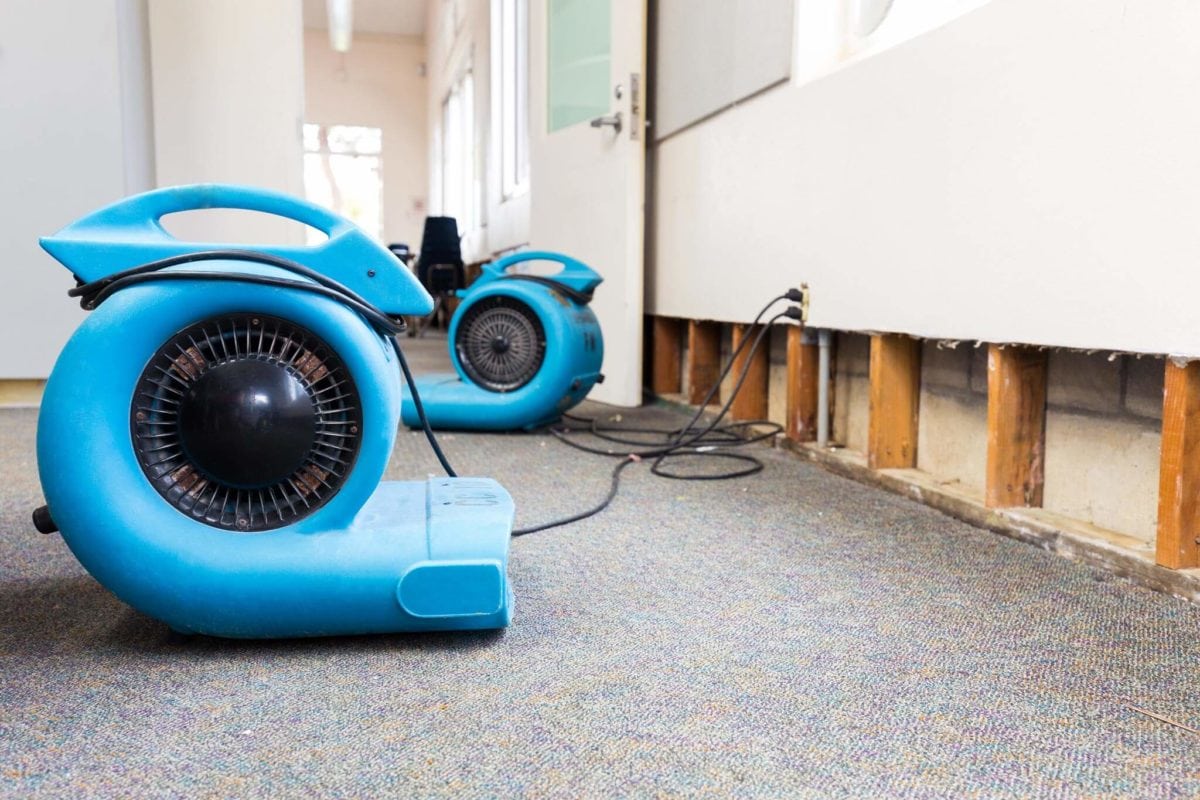How to Treat Hardwood Floors for Mold After Water Damage
Mold thrives on organic materials in humid environments or where moisture is trapped. Unfortunately, hardwood floors are particularly vulnerable to mold growth after incidents of water or flood damage.
How Much Water is Too Much?
Mold doesn’t require severe water damage to take hold. Everyday living can introduce spills that, if not promptly addressed, lead to mold. The key is to clean up any water as soon as it happens to prevent it from soaking into your hardwood floors.
Common Sources of Moisture:
– Wet feet from showers or pools
– Water splashes from sinks
– Pet water bowls
– Unnoticed spills
Left untreated, moisture can cause mold growth, creating serious health hazards for anyone in the home, particularly for children, pets, and the elderly.
How Do I Clean Mold From Hardwood Floors?
If your hardwood floors have suffered minor water damage, you can handle the cleanup yourself. Here are four essential steps to mitigate mold growth:
1. Open Your Windows: Circulate fresh air to kickstart the drying process. Proper ventilation helps reduce humidity. However, if the outside air is humid, it may be better to avoid this step.

Tip: If you live in humid areas like La Jolla or Coronado Cays, consider using a dehumidifier instead.
2. Scrub Floors: After mopping up any spills, scrub the affected area with a non-sudsy cleaner. A mixture of warm water and white vinegar in a spray bottle is a natural and effective solution.
3. Turn Fans on High: To maximize airflow and aid the drying process, turn on fans at full blast. If you have a dehumidifier, use it simultaneously for more effective results.
4. Meter Test for Moisture: To ensure the area is thoroughly dried, purchase a moisture meter from a local hardware store. It will help detect any remaining moisture.

Note: For extensive damage or if you’re unsure about the moisture levels, it’s wise to contact a professional water damage restoration company. They often use advanced technology to locate hidden moisture.
Are My Hardwood Floors Ruined After Water Damage?
Hardwood floors can be tricky when it comes to water damage. If you suspect significant damage, it’s important to know the factors that determine if your floors are salvageable:
1. Response Time: Mold can begin to grow within 48-72 hours if moisture levels exceed 16%. Contact a professional immediately to address the issue.
2. Type of Wood: Real hardwood floors can often be restored, but laminate floors are more vulnerable to damage and may not be salvageable.

3. Amount of Moisture: While some moisture is normal (up to 12%), flood conditions can increase this to 40% or more, necessitating professional intervention.
4. Degree of Damage: Signs of severe water damage include cupping, cracking, or popped boards. If you notice these, you may need to lift the flooring to assess subfloor damage.
Insurance: We’ll Handle It
If you’re navigating the insurance claim process, Certified Restoration can assist. With over 20 years of experience in water damage restoration in San Diego, we understand the intricacies of dealing with insurance claims. Our team has successfully saved hundreds of hardwood floors through advanced drying techniques.
We can help you determine whether to dry your hardwood floors in place or replace them entirely. Give us a call today!
For assistance with mold damage or water damage restoration in San Diego, reach out to Certified Restoration for expert guidance and 24/7 support.




